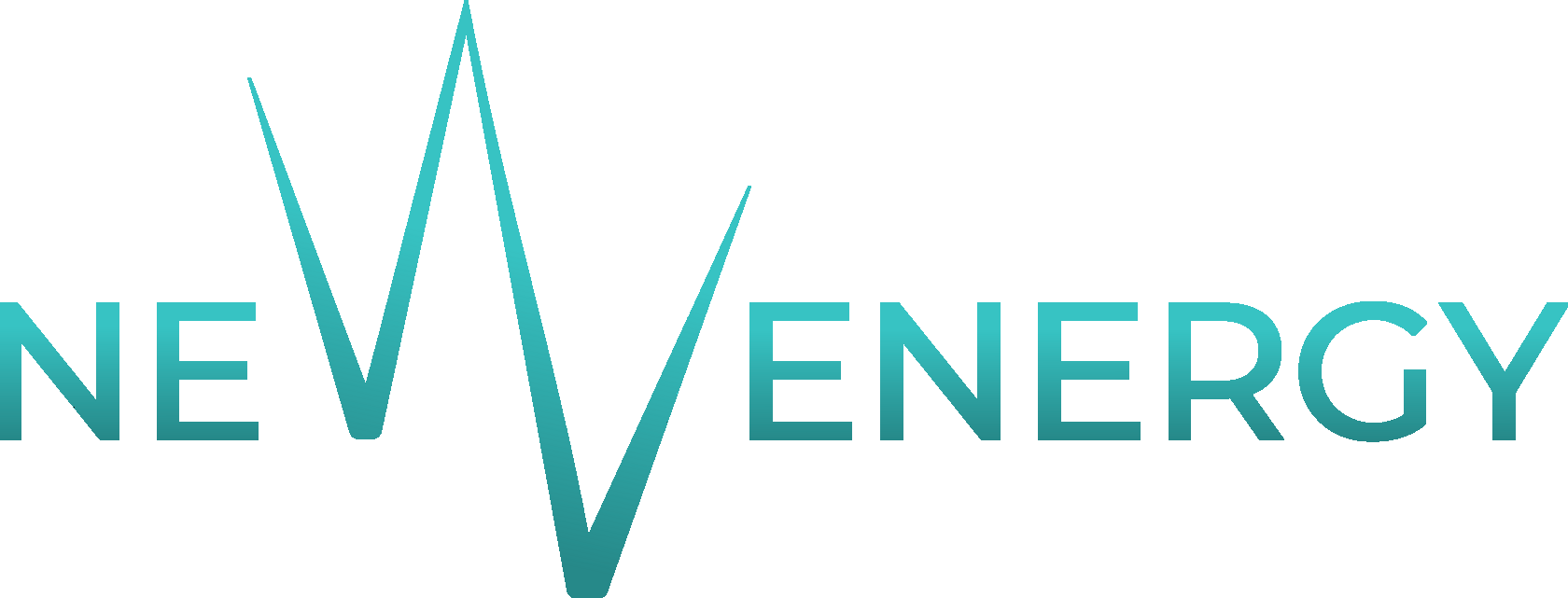
DATA HANDLING POLICY
By using this form, you agree to the details of our privacy policy. Your data will be used by our team to respond to your query, but we will not pass your data onto any third parties without your permission.

DATA HANDLING POLICY
By using this form, you agree to the details of our privacy policy. Your data will be used by our team to respond to your query, but we will not pass your data onto any third parties without your permission.
We provide user-friendly hardware and software that can monitor energy usage at the asset level, tracking exactly which appliances, lights, and sockets are the biggest drains on your energy resources.
Retailers primarily use energy for refrigeration, lighting, heating, ventilation, and air conditioning. These processes contribute heavily to global energy consumption.
DO YOU RECOGNIZE ANY OF THIS?
- Skyrocketing energy billsWith ever more rapid rises on the horizon.
- Pressure from government regulationThe UK Government has urged businesses to take action to reduce emissions to contribute to the UK-wide net zero by 2050 target. Many businesses need to fundamentally change their operations.
- Sustainability demands from customersPeople have become more sensitive to the environmental impact. Sustainable businesses that care about the environment attract more customers and also wins the trust of partners and investors.
- Lack of transparency about energy useProblems and wasteful behaviours are hidden.
Do you know if a new energy saving solution works?
Is a new piece of equipment as efficient as the supplier said? - Unpredictable Equipment FailureUnplanned breakdowns can be catastrophic, leading to substantial financial losses.

DO YOU RECOGNIZE ANY OF THIS?
- Skyrocketing energy billsWith ever more rapid rises on the horizon.
- Pressure from government regulationThe UK Government has urged businesses to take action to reduce emissions to contribute to the UK-wide net zero by 2050 target. Many businesses need to fundamentally change their operations.
- Sustainability demands from customersPeople have become more sensitive to the environmental impact. Sustainable businesses that care about the environment attract more customers and also wins the trust of partners and investors.
- Lack of transparency about energy useProblems and wasteful behaviours are hidden.
Do you know if a new energy saving solution works?
Is a new piece of equipment as efficient as the supplier said? - Unpredictable Equipment FailureUnplanned breakdowns can be catastrophic, leading to substantial financial losses.

Factors that affect retail energy consumption
Factors that affect retail energy consumption
The first steps we take:
- Collect, analyze and compare energy consumption;
- Uncover your hidden energy waste;
- Identify energy saving opportunities.
Innovative features including automatic energy over-use alarms and systems remote controls via the wireless control modules allow you to avoid energy waste on-site - from anywhere in the world.
WHAT WE PROVIDE
Second by second energy
consumption dataClearly verify capital project
energy savingsIdentify energy saving
opportunitiesSafe and smart ecosystem for energy monitoring and efficiency
Cloud monitoring on mobile or desktop anywhere in the world
24/7 virtual energy
management


analysis



analysis



DATA HANDLING POLICY
By using this form, you agree to the details of our privacy policy. Your data will be used by our team to respond to your query, but we will not pass your data onto any third parties without your permission.
These world recognized brands have implemented the technology and services we provide to improve their bottom line on their journey to Net-Zero.
Please use the form below to get in touch.






